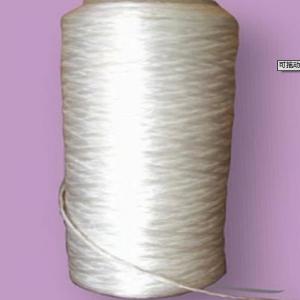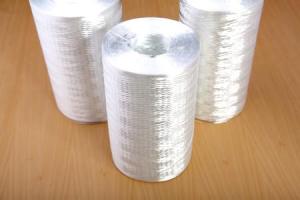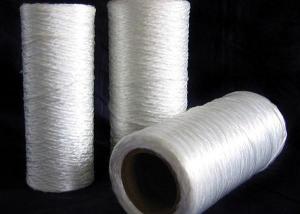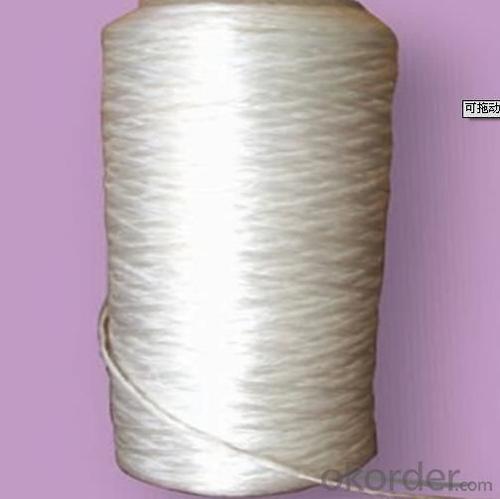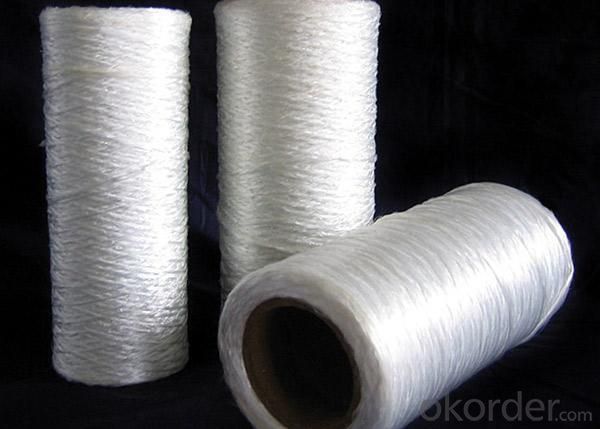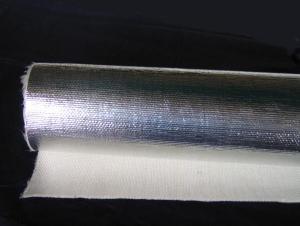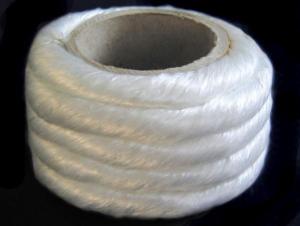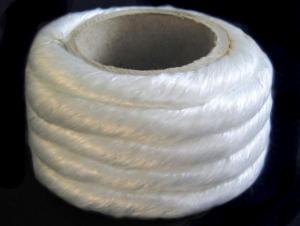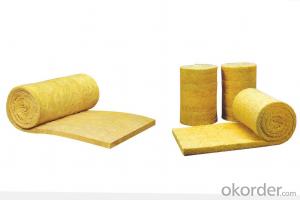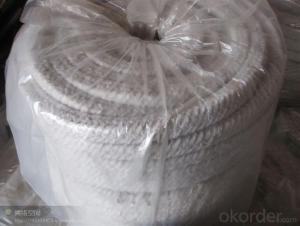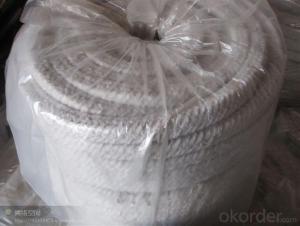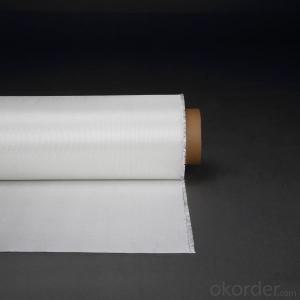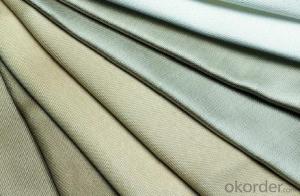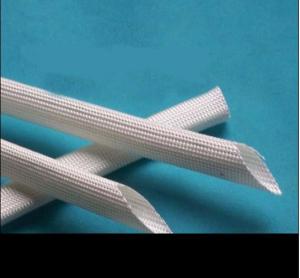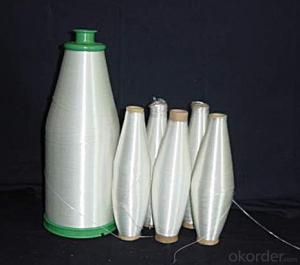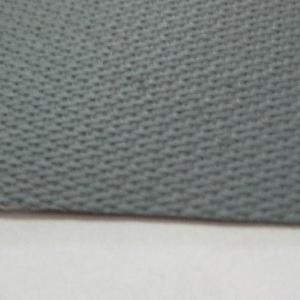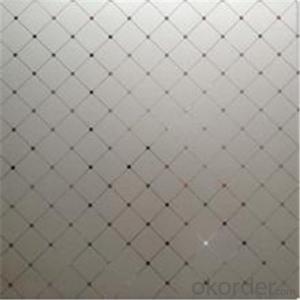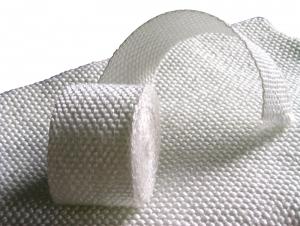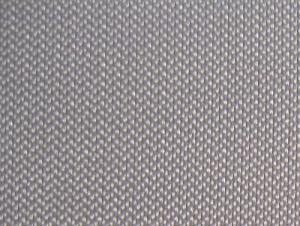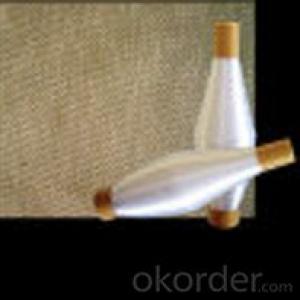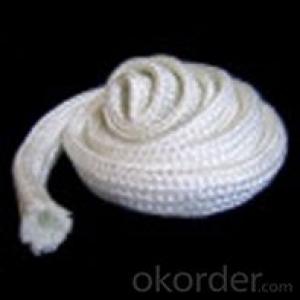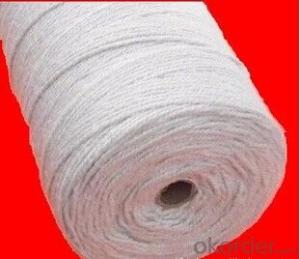Glass Fiber Textiles Textured Fiberglass Yarn
- Loading Port:
- China Main Port
- Payment Terms:
- TT or L/C
- Min Order Qty:
- 10 Tons kg
- Supply Capability:
- 2*20FCL Per Month kg/month
OKorder Service Pledge
OKorder Financial Service
You Might Also Like
General Information of Textured Fiberglass Yarn
CMAX textured fiberglass textiles are made from textured E-glass fiber yarn which features bulky and resilient with high thermal insulation property. Diversified forms are available such as yarn, cloth, tape, rope, sleeving, etc.
Application of Textured Fiberglass Yarn
Textured fiberglass textiles are cost effective products used at high temperature up to 550º C. It exhibits properties of low thermal conductivity, electricity insulation and corrosive resistance.
Textured fiberglass textiles can be performed in process industries as fire curtains, gaskets or sealing in kiln, furnace or heaters etc. Application has been extended to the building industry as reinforcement material.
Chemical Analysis
SiO2: 54.1%
Al2O3: 14.6%
CaO: 16.6%
MgO: 4.6%
B2O3: 8.8%
Na2O+K2O: ≤ 0.8%
Fe2O3:<0.5%
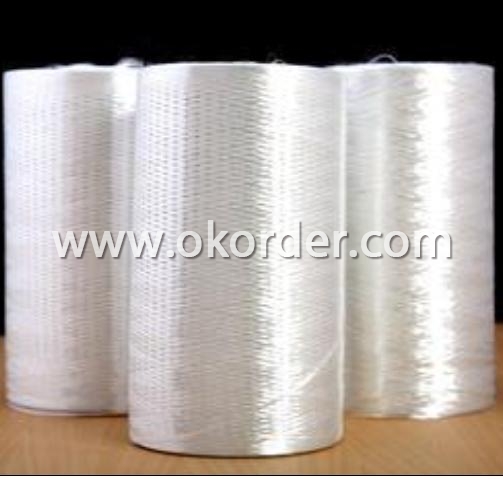
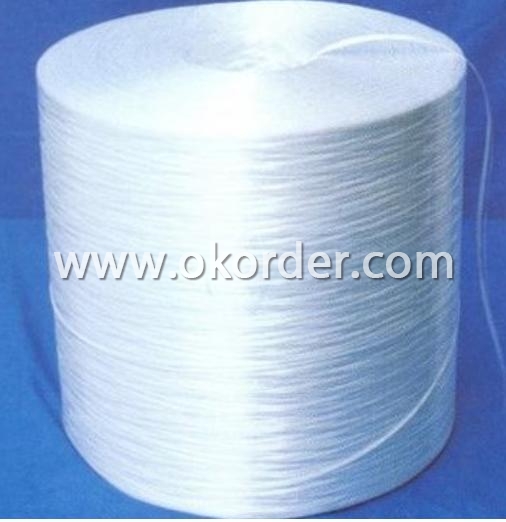
- Q: How do glass fiber textiles perform in terms of electrical conductivity?
- Glass fiber textiles are known for their excellent electrical insulation properties, meaning they have very low electrical conductivity.
- Q: Are glass fiber textiles resistant to stretching over time?
- Yes, glass fiber textiles are generally resistant to stretching over time due to their inherent strength and stiffness. Their unique composition and interlocking structure make them highly durable and resistant to elongation, ensuring they maintain their shape and integrity even with prolonged use.
- Q: How does glass fiber textile perform in terms of moisture management?
- Moisture management is a strong suit of glass fiber textile. Thanks to its inherent properties, such as its non-absorbent nature and hydrophobic surface, glass fiber is highly effective in removing moisture and keeping the user dry. Unlike cotton and other natural fibers that tend to absorb moisture and become wet, glass fiber textile repels moisture and promotes quick evaporation. This not only ensures a comfortable level of dryness but also prevents the growth of bacteria and odor-causing microbes. Moreover, glass fiber textile offers excellent breathability, allowing for air circulation and further enhancing moisture management. In summary, glass fiber textile is an outstanding choice for controlling moisture in various applications, including sportswear, outdoor gear, and upholstery.
- Q: Can glass fiber textile be used in prosthetics?
- Prosthetics can indeed utilize glass fiber textiles. These textiles possess impressive characteristics such as strength, lightness, and high tensile strength, rendering them suitable for a range of applications, including prosthetics. They are capable of reinforcing and providing structural support to artificial limbs, enabling them to endure the mechanical stresses and strains encountered during movement. Moreover, glass fiber textiles can be shaped and molded to conform to the body's contours, ensuring a comfortable and personalized fit for the wearer. By incorporating glass fiber textiles into prosthetics, their durability, functionality, and overall performance can be enhanced, ultimately leading to an improved quality of life for individuals with limb loss or impairment.
- Q: Are glass fiber textiles prone to shrinking?
- Glass fiber textiles do not have a tendency to shrink. Unlike natural fibers like cotton or wool, glass fibers, which are composed of inorganic materials, do not respond to fluctuations in temperature or humidity in a similar manner. Glass fibers are acclaimed for their ability to maintain their shape and size even under harsh conditions, which makes them exceptionally resistant to shrinking. Consequently, glass fiber textiles are an excellent option for situations where stability and durability are paramount, such as insulation materials or reinforcement in composites.
- Q: If people inhale air with glass fiber for a long time, what will happen to people? What kind of symptoms will people appear?
- For a long time there will be pneumoconiosis, China due to labor protection is not comprehensive, and many miners are pneumoconiosis deaths, death is particularly miserable, the lungs can not breathe, alive suffocated!!! X light shows that the lungs are shadows and nothing is visible!
- Q: Can glass fiber textile be used in bicycle frames?
- Yes, glass fiber textile can be used in bicycle frames. Glass fiber textiles are strong, lightweight, and have excellent tensile strength, making them suitable for reinforcing materials in bicycle frames. They enhance the structural integrity and performance of the frame while keeping it lightweight.
- Q: What are the different applications of glass fiber textiles?
- Glass fiber textiles have a wide range of applications across various industries. They are used in the manufacturing of composite materials, such as fiberglass, which are used in the construction of aircraft, boats, and automotive parts. Glass fiber textiles are also used in the production of insulation materials for buildings and pipes, as well as in the reinforcement of concrete structures. Additionally, they find applications in the production of electrical insulation, filtration systems, and protective clothing.
- Q: How does glass fiber textile perform in terms of flexibility?
- Renowned for its extraordinary flexibility, glass fiber textile is capable of being effortlessly molded into countless forms and sizes. This remarkable trait enables its utilization across a broad spectrum of applications, spanning from clothing and automotive components to construction materials. By weaving glass fiber textile into soft and pliable fabrics, it renders them not only comfortable to wear or utilize but also amenable to blending with other fibers like cotton or polyester, thus amplifying its flexibility even further. In summary, glass fiber textile stands as an exceptionally versatile material, seamlessly adapting to the diverse needs of numerous industries.
- Q: Can glass fiber textiles be used in reinforcement of aramid fibers?
- No, glass fiber textiles cannot be used in the reinforcement of aramid fibers. Aramid fibers, such as Kevlar, possess exceptional strength and heat resistance properties, making them ideal for use in high-performance applications such as bulletproof vests and aerospace components. Glass fiber textiles, on the other hand, have different mechanical properties and are typically used for their high stiffness and electrical insulation properties. The combination of aramid fibers and glass fiber textiles would result in a hybrid material with conflicting properties, compromising the overall strength and performance of the aramid fibers. Therefore, it is not recommended to use glass fiber textiles for the reinforcement of aramid fibers.
Send your message to us
Glass Fiber Textiles Textured Fiberglass Yarn
- Loading Port:
- China Main Port
- Payment Terms:
- TT or L/C
- Min Order Qty:
- 10 Tons kg
- Supply Capability:
- 2*20FCL Per Month kg/month
OKorder Service Pledge
OKorder Financial Service
Similar products
Hot products
Hot Searches
Related keywords
